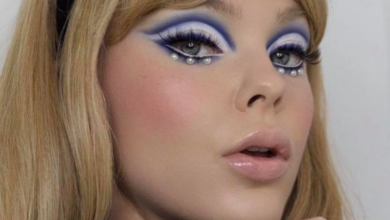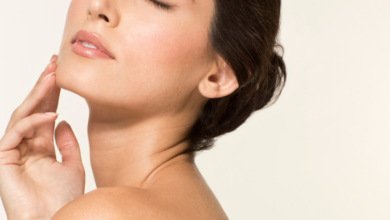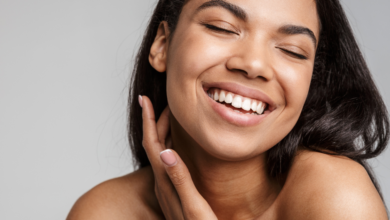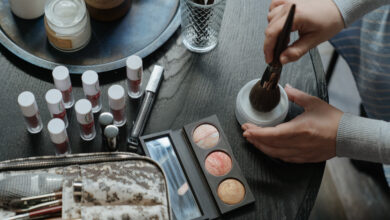
In “Blush Placement: An Artist’s Guide To Defining Cheekbones,” you will discover the secrets to achieving perfectly defined cheekbones through the strategic placement of blush. This article will provide you with expert tips and techniques, allowing you to enhance your natural features and create a stunning, sculpted look. Whether you are a makeup enthusiast or a professional artist, this guide will help you master the art of blush placement and elevate your makeup game to the next level.
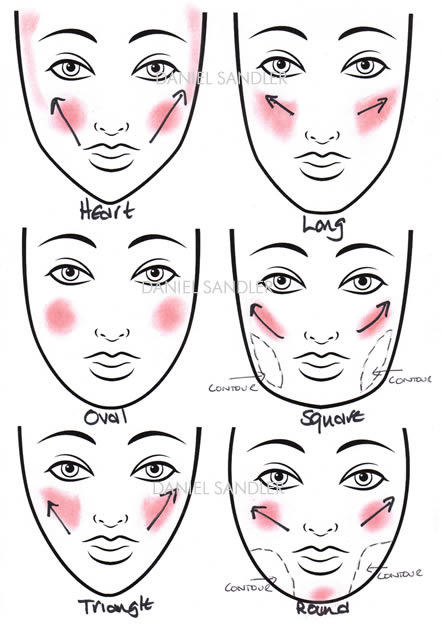
Choosing the Right Blush Shade
When it comes to choosing the right blush shade, it’s all about finding one that complements your skin tone and enhances your natural features. Determining your skin tone is the first step in this process.
Determining Your Skin Tone
To determine your skin tone, look at the veins on the inside of your wrist. If your veins appear bluish or purple, you likely have cool undertones. On the other hand, if your veins have a greenish tint, you probably have warm undertones. If you have trouble determining your undertones, you may have a neutral skin tone, which means you can pull off both warm and cool shades.
Considering Undertones
Once you’ve determined your skin tone, it’s important to consider the undertones of your skin. Warm undertones typically have a yellow or golden hue, while cool undertones have a pink or rosy hue. If you have warm undertones, opt for blush shades with peach, coral, or bronze tones. For cool undertones, go for blush shades with pink, berry, or mauve undertones. If you have neutral undertones, you have the freedom to experiment with a wide range of blush shades.

Matching Blush Shade to Makeup Look
When selecting a blush shade, it’s also essential to consider the makeup look you’re going for. If you prefer a natural, everyday look, opt for a blush shade that closely resembles your natural flush. For a more vibrant, bold look, feel free to choose a blush shade that contrasts with your skin tone to create a pop of color.
Prepping the Cheeks
Before applying blush, it’s crucial to prep your cheeks to ensure a flawless application and long-lasting wear.
Cleansing and Moisturizing
Start by thoroughly cleansing your face to remove any dirt or excess oil. This step ensures a clean canvas for the blush to adhere to. Follow up with a moisturizer to hydrate your skin and create a smooth base for the blush application.
Applying Primer
To extend the longevity of your blush, consider applying a primer specifically formulated for your cheeks. This will help create a barrier between your skin and the blush, preventing it from fading or smudging throughout the day.
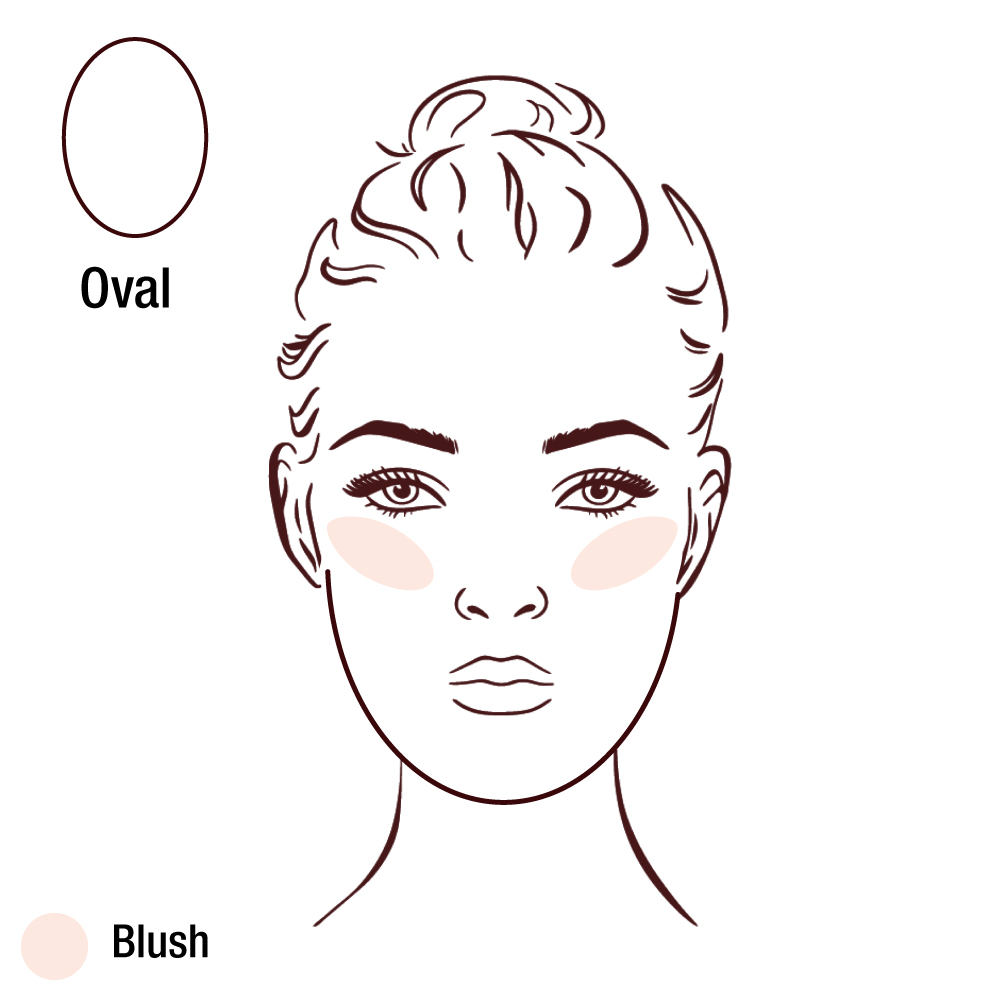
Finding Your Cheekbone Structure
Applying blush to the right areas of your cheeks can help define your cheekbone structure and enhance your facial features. To do so, it’s crucial to identify your facial shape and locate your cheekbones.
Identifying Facial Shape
There are several facial shapes, including round, oval, heart-shaped, and square. Take a moment to determine which facial shape you have, as this will affect the placement of your blush.
Locating the Cheekbones
To locate your cheekbones, simply smile and feel for the highest point of your cheekbones. This is where you’ll want to apply your blush for a natural and flattering look.

Blush Application Techniques
Now that you’ve prepped your cheeks and located your cheekbones, it’s time to delve into the various blush application techniques.
Brush Selection
Choosing the right brush for blush application is essential. Opt for a fluffy, angled brush that is specifically designed for blush. This type of brush allows for precise application and seamless blending.
Using the Right Amount of Product
When it comes to blush, less is often more. Start with a small amount of product on your brush, tapping off any excess. You can always build up the intensity as needed.
Blending Techniques
To achieve a natural, seamless look, proper blending is crucial. Using light, circular motions, blend the blush into your skin, focusing on the apples of your cheeks and sweeping towards your temples. This will create a soft, diffused effect.
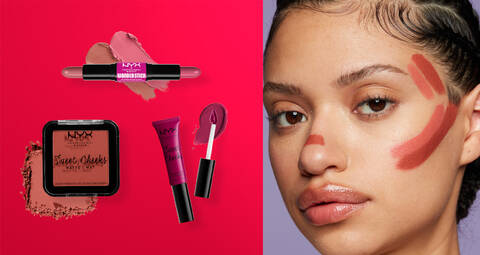
Enhancing Cheekbone Definition with Contouring
Contouring is a popular technique used to enhance cheekbone definition and create a more sculpted look. By strategically placing darker shades beneath your blush, you can create the illusion of more prominent cheekbones.
Understanding Shade Placement
When contouring with blush, it’s important to understand the placement of your shades. Apply a matte bronzer or contour shade just below your cheekbones, starting from the hairline and blending towards the apples of your cheeks. This will create a natural shadow effect and define your cheekbones.
Blending Contour and Blush
To ensure a seamless transition between your contour and blush, take a clean brush and lightly blend the two shades together. This will prevent any harsh lines and create a beautifully blended look.
Highlighting for a Sculpted Look
Highlighting is another technique that can take your blush to the next level, adding a touch of radiance and creating a sculpted, lit-from-within look.
Choosing the Right Highlighter
When choosing a highlighter, opt for one that complements your skin tone. If you have cool undertones, look for a highlighter with a pearl or silvery sheen. For warm undertones, opt for a gold or champagne-toned highlighter. Apply the highlighter to the high points of your cheekbones, just above your blush, for a subtle yet radiant glow.
Applying with Precision
To apply the highlighter with precision, use a small, tapered brush. Lightly sweep the highlighter along the top of your cheekbones, blending it into your blush for a seamless finish.
Blending for a Natural Finish
To achieve a natural glow, blend the highlighter and blush together using a clean brush. This will create a soft, diffused effect and ensure that your blush and highlighter seamlessly melt into your skin.
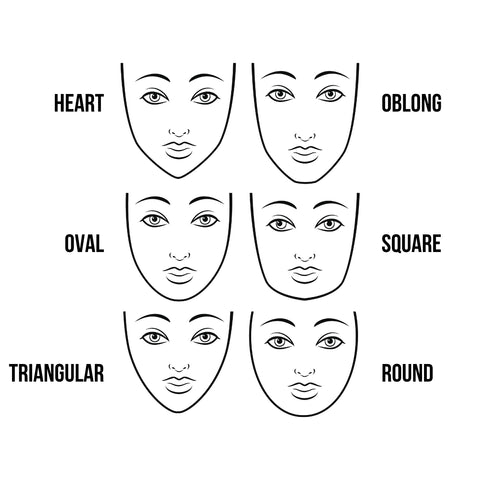
Creating a Soft-Focus Effect
If you’re looking to achieve a soft-focus effect with your blush, try incorporating blurring techniques and optical illusions into your application.
Using Blurring Techniques
To blur the appearance of your blush, start by applying a sheer, matte blush shade to your cheeks. Then, take a clean brush and gently buff the edges of the blush, blurring any harsh lines and creating a soft, diffused effect.
Optical Illusion Techniques
To create the illusion of higher, more defined cheekbones, apply a slightly darker blush shade just below your cheekbones. Blend it upwards towards your temples, creating a gradient effect. This will give the illusion of higher cheekbones and a sculpted look.
Adding Dimension with Multiple Blush Shades
For a multi-dimensional and customized blush look, consider incorporating multiple blush shades into your routine.

Combining Complementary Colors
Choose two blush shades that complement each other and your skin tone. Apply the lighter shade to the apples of your cheeks for a pop of color, and then add the darker shade just below your cheekbones to create dimension and definition.
Layering Techniques
When layering blush shades, start with the lighter shade and gently build up the intensity. Use a fluffy brush to blend the shades together, ensuring a seamless transition and a natural-looking finish.
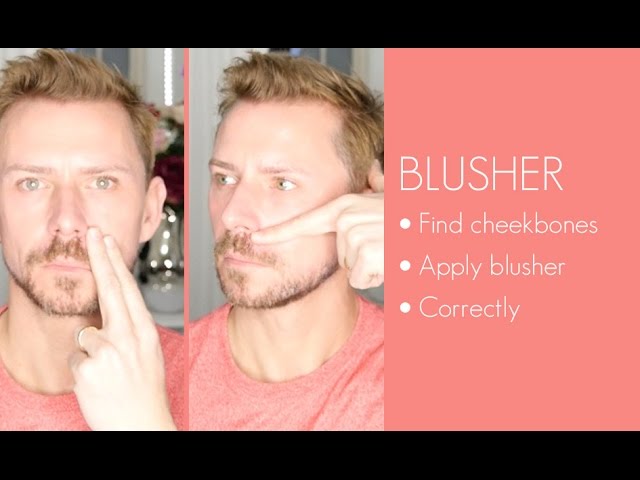
Blush Placement for Different Facial Shapes
Different facial shapes require different blush placement techniques to accentuate and flatter your features.
Round Face
For a round face shape, apply blush slightly higher on the cheeks, starting from the apples and moving towards the temples. This will create the illusion of higher cheekbones and a more sculpted look.
Oval Face
With an oval face shape, apply blush to the apples of your cheeks in a circular motion. This will enhance the natural fullness of your cheeks and provide a youthful, fresh look.
Heart-Shaped Face
For a heart-shaped face, focus on applying blush to the lower apples of your cheeks and blend upwards towards your temples. This will help balance your facial features and create a soft, harmonious look.
Square Face
For a square face shape, apply blush below the cheekbones, starting at the center of your cheeks and blending towards your temples. This will help soften the angles of your face and create a more rounded appearance.

Setting and Finishing the Look
To ensure your blush stays in place all day and to set your overall makeup look, don’t forget to incorporate setting powder and fixing spray.
Setting Powder
After applying your blush, lightly dust a translucent setting powder over your entire face. This will help set your makeup and prevent any excess oiliness throughout the day.
Fixing Spray
To lock in your entire makeup look, including your blush, finish with a few spritzes of setting spray. This will help your makeup stay in place and give it a natural, long-lasting finish.

In conclusion, choosing the right blush shade, prepping the cheeks, finding your cheekbone structure, and mastering blush application techniques are all key factors in achieving a flawless and radiant makeup look. By understanding your skin tone, undertones, and facial shape, you can create a customized blush routine to enhance your features and create a natural, sculpted look. Whether you’re aiming for a soft and subtle glow or a vibrant pop of color, these tips and techniques will guide you towards achieving the perfect blush application every time.
Essence The Blush Review(Opens in a new browser tab)
Red Blush: The Summer 2023 Trend(Opens in a new browser tab)
Blush Bliss: Achieving A Natural Flush Every Time(Opens in a new browser tab)

